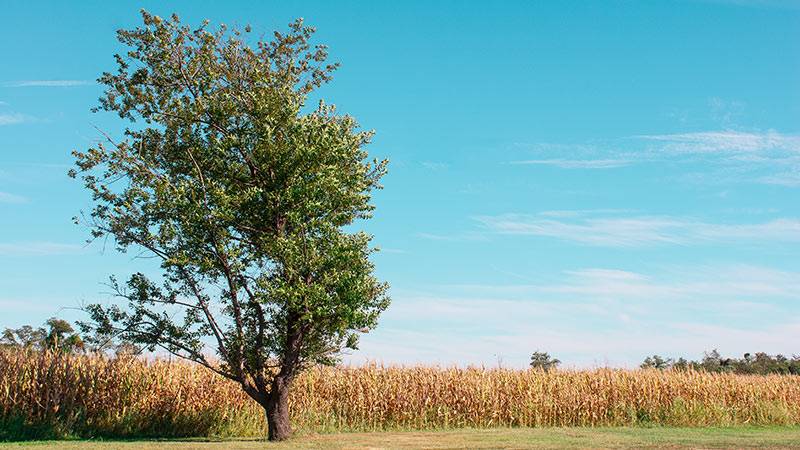Agroforestry, the integration of trees and shrubs into crop and livestock systems, is being hailed as a transformative solution for sustainable agriculture. By interspersing trees among crops, farms can produce food while also yielding additional benefits like building materials, fuel, fodder, soil health improvement, micro-climate regulation, and support for pest-controlling wildlife. This practice not only diversifies income sources for farmers but also plays a crucial role in environmental conservation, including carbon sequestration, which contributes to the fight against climate change.In regions like south Asia and sub-Saharan Africa, where farm sizes are typically small, the efficient use of space is paramount. Agroforestry offers a way to maximize the utility of these lands. However, the adoption of this practice faces challenges, including regulatory hurdles and market dynamics, as seen in India’s experience with agroforestry.India’s agroforestry sector has seen significant evolution since the launch of the Lok Vaniki scheme in Madhya Pradesh in 1999. The scheme aimed to encourage the planting of trees on degraded lands to provide farmers with additional income from timber, starting with teak. However, strict regulations on tree felling and cumbersome bureaucratic processes initially hindered the scheme’s success. Although India later introduced a national agroforestry policy to simplify these processes, challenges remained, leading to a decline in farmland tree cover. This decline was attributed to various factors, including the mechanization of farming, which favors treeless fields, and the prevalence of diseases in trees.
 This approach to farming is known as agroforestry, and experts believe it could improve the sustainability of agriculture worldwide. On a large scale, it could help mitigate climate change by storing more carbon in land that can still serve other purposes. Countries can even count trees planted on farmland towards their reforestation commitments.
This approach to farming is known as agroforestry, and experts believe it could improve the sustainability of agriculture worldwide. On a large scale, it could help mitigate climate change by storing more carbon in land that can still serve other purposes. Countries can even count trees planted on farmland towards their reforestation commitments.
While the coverage of trees on farms has decreased, the area under block plantations of exotic, fast-growing tree species like eucalyptus, poplar, and casuarina has expanded. These plantations, motivated by the potential to earn carbon credits and meet the demand for pulpwood, have not always been economically viable for small farmers, especially after the collapse of carbon credit prices in 2012. Moreover, these monoculture plantations have ecological downsides, such as high water and nutrient consumption, and provide less benefit to local wildlife compared to native species.The trend towards large-scale plantations of exotic trees, driven by the allure of carbon credits, has overshadowed the potential benefits of integrating diverse native trees into farming systems. Native trees offer more advantages, including supporting local diets and traditional medicine, and enhancing biodiversity. According to Fast Company, the challenge lies in creating incentives for small and marginal farmers to adopt agroforestry practices with native species.To truly capitalize on the benefits of agroforestry, there needs to be a shift in how carbon credit mechanisms recognize and support this model. Enabling small farmers to integrate trees into their cropland through financial incentives could lead to widespread adoption of agroforestry, benefiting both the environment and the agricultural community. This shift would represent a significant move towards sustainable farming practices that could serve as a model for other regions facing similar challenges.
More inspiring green news similar to this:


